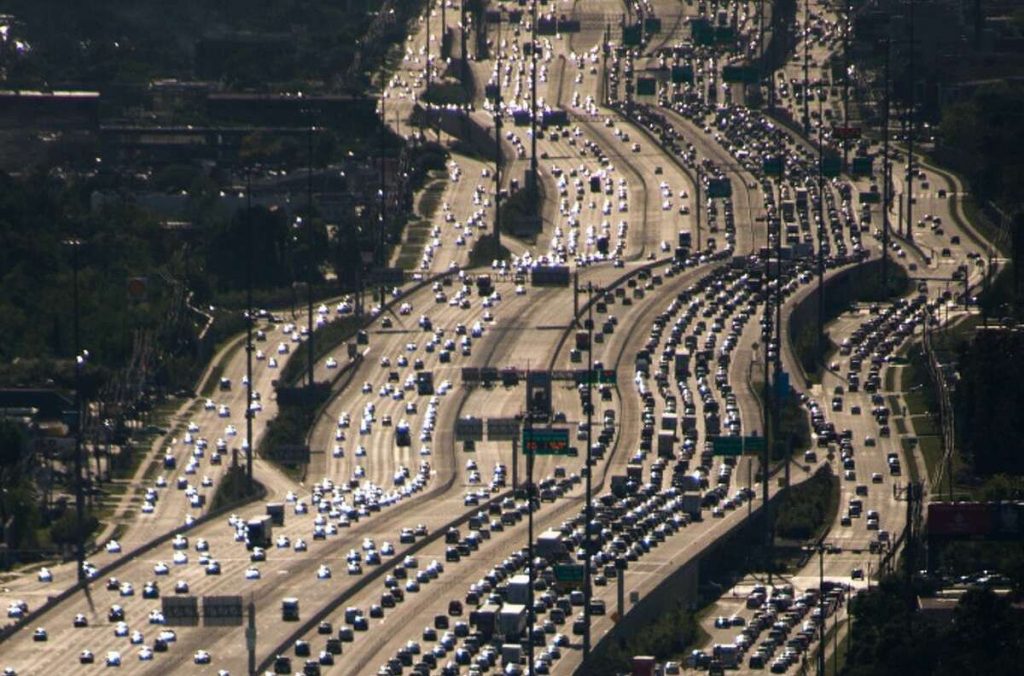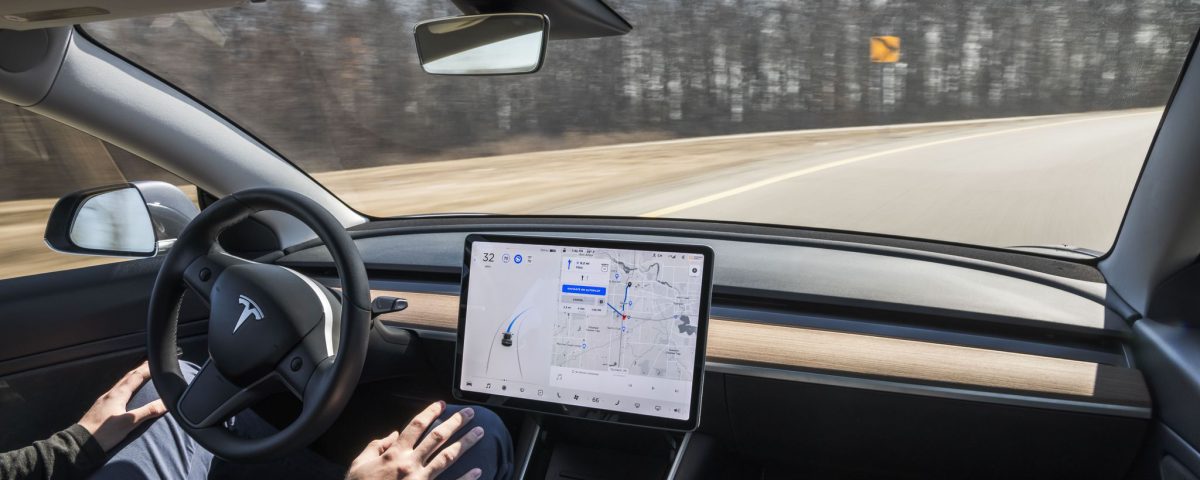When you think about Artificial Intelligence in the transportation industry, probably the first thing that comes to your mind are shiny, brand-new Teslas with their famous Autopilot feature. Tesla is indeed the highest capitalized motor vehicles company right now, but there is much more change in the transportation industry empowered by AI than only self-driving vehicles (TradingView, 2022).
Artificial Intelligence has found many applications for public transportation authorities. With the use of advanced models, mass transit agencies are able to design and develop optimal route networks that maximize ridership and minimize road congestion. On top of that, AI can accurately predict passenger flows throughout the day, allowing to roll out more vehicles on the road or tracks when needed, making them less crowded and offering more pleasurable experience (Abduljabbar et al., 2019).
One might think that it is easy to solve traffic issues simply by building more lanes. Unfortunately, this statement is very far away from the truth. Firstly, expanding physical infrastructure is extremely costly and in most cases just infeasible in dense urban areas. Secondly, road infrastructure is an example of a fascinating economic phenomenon known as induced demand. In simplest words, each added lane incentivizes additional drivers to go on the road. Thus, in the short term, traffic congestion might be improved, but in the longer term it always ends at least as bad as before (Lee, Klein and Camus, 1999).

This is where data and AI comes in, seen as the most efficient way to combat traffic congestion with the current state of technology. It turns out that infrastructure elements we take for granted are much more technologically advanced than one might think. Take traffic lights as an example. Data gathered from cameras and sensors at the intersections is fed to algorithms which can in turn improve timing plans for traffic lights (Abduljabbar et al., 2019). That improves the traffic flow and limits congestion – without adding any additional lanes.
Last but not least, AI serves as a backbone for Automatic Incident Detection (AID) systems. With the use of cameras and radars, these systems can detect unusual situations on the road in seconds, allowing qualified operators to spot incidents quickly and send emergency services if needed. Those systems are also supported by smartphones, which can detect incidents with accelerometers and acoustic data. Research shows that AID can reduce the fatality rate on the roads by 6%, meaning it actually helps to save human lives (White, et al., 1999).

After all, AI is not only about self-driving vehicles. Insights from data are actively used in other aspects of transportation, allowing for more efficient public transport systems, reduced traffic and improved safety on the roads.
References
Abduljabbar, R., Dia, H., Liyanage, S. and Bagloee, S.A. (2019). Applications of Artificial Intelligence in Transport: An Overview. Sustainability, [online] 11(1), p.189. doi:10.3390/su11010189.
Lee, D.B., Klein, L.A. and Camus, G. (1999). Induced Traffic and Induced Demand. Transportation Research Record: Journal of the Transportation Research Board, 1659(1), pp.68–75. doi:10.3141/1659-09.
TradingView. (2022). Stock Screener — Search and Filter Stocks. [online] Available at:https://www.tradingview.com/screener/.
White, J., Thompson, C., Turner, H., Dougherty, B. and Schmidt, D.C. (2011). WreckWatch: Automatic Traffic Accident Detection and Notification with Smartphones. Mobile Networks and Applications, 16(3), pp.285–303. doi:10.1007/s11036-011-0304-8.


It is a very insightful blog! Many people still associate AI with Tesla and self-driving. Still, AI in transportation is beyond this specific application, and its integration in optimal route, traffic and incident management must be recognized. It is interesting to monitor the further development of AI in the transportation industry and how it is applied on a larger scale. I also think that the government must play an active role in AI implementation to minimize traffic and increase safety on the road.
An interesting topic of a concrete problem in today’s vehicle heavy culture in most of the nations on our planet. A self driving car is indeed the first thing to come to mind when thinking about AI’s role in the transportation industry. Governments around the world are investing huge budgets on expanding the size and complexity of the infrastructure for the goal of solving congestion. Although, it is always proven that more roads will lead to more cars on the roads and will not solve the congestion problem. The traffic lights in the Netherlands are already “smart” using complex algorithms that predict vehicle flows and hopefully more countries can start to implement this system.